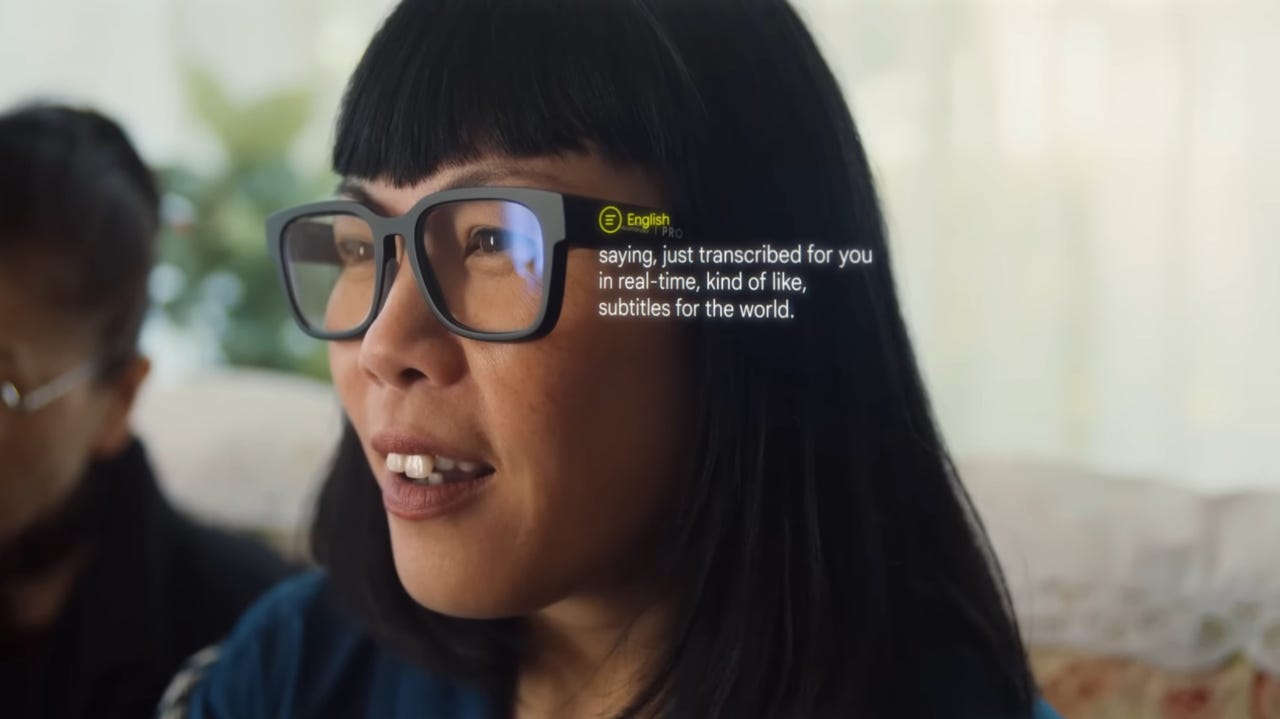These are the first lot of more than 50 Tibetan manuscripts on Buddhism, brought back to India by Rahul Sakrityayan from Tibet, being translated in Hindi by Sarnath-based Central Institute of Higher Tibetan Studies
The much-awaited Hindi translations of the centuries-old Tibetan manuscripts on Buddism and Buddhist philosophy, which were brought back to India from Tibet by noted author Rahul Sakrityayan, are awaiting the message from the Bihar chief minister as a preface for publication.

As part of its efforts to make the core principles and philosophy of Buddhism easily understandable for the people, the Bihar government had in 2019 tied up with the Central Institute of Higher Tibetan Studies (CIHTS), Sarnath, to translate more than 50 Tibetan manuscripts in Hindi.
Accordingly, it had allocated a budget of ₹1.94 crore for the publication of the Hindi translation of the manuscripts. The first instalment of ₹15.50 lakh has been given to the institute.
A senior official of the CIHTS said that five books, which have been translated, are awaiting the introductory messages of Bihar CM Nitish Kumar for printing.
Also Read: PM Modi visits Jana Shakti art exhibition on ‘Man Ki Baad’ themes at NGMA
“Our vice-chancellor (Prof. Geshe Ngawang Samten) has sent letters to the chief minister twice in the last one year and met him in person in April this year at Rajgir for the message and the 2nd instalment of the fund, ₹25 lakh. However, both are still awaited,” said the official, adding that the institute had proposed releasing five books on the auspicious Buddha Purnima (May 5).
The books ready for publication include ‘Karm Vibhang Sutra’, ‘Pragyaparmitahridaya Sutra’, a collection of books written by Acharya Deepankar Shrigyan, ‘Madhyamkalangkar Karika Bhashya Evam Teeka’, and a collection of other rare manuscripts.
“These are Tibetan translations of original manuscripts written in Sanskrit on palm leaves about Buddhism and its philosophy that were in possession of old Nalanda and Vikramshila universities. These manuscripts were taken to Tibet during the 7th-11th centuries for translation and propagation of Buddhism. These manuscripts were translated in the Tibetan language under the guidance of scholars on handmade papers and in natural ink,” said a researcher.
The institute had earlier planned to get the five translated versions of the manuscripts by Dalai Lama during his visit to Bodh Gaya between December 28 and 31 in 2022.
However, the programme had to be deferred for want of the CM’s message and the 2nd instalment of the agreed amount, said a CIHTS official, quoting a letter to Kumar by the vice-chancellor on December 15, 2022.
Director general of Bihar Museum Anjani Kumar Singh, who also is an advisor to the Bihar CM, said that he would inquire into the delay from the department of art and culture, which had signed the MoU with the CIHTS.
The manuscripts in Tibetan languages were handed over to the CIHTS from the Bihar research society, which is part of the Patna Museum and is under the administrative control of the directorate of Museums, Bihar.
Secretary, art and culture department, Bandana Preyashi, could not be reached for her comments on the issue despite repeated attempts.
S Siddharth, principal secretary to CM Kumar, said that once they get the message from the chief minister, it will be delivered to the CIHTS on a priority basis.




